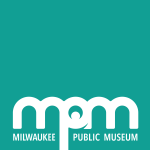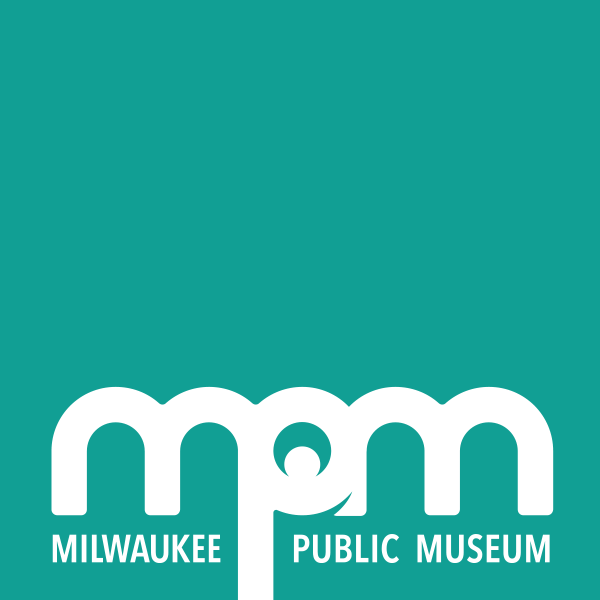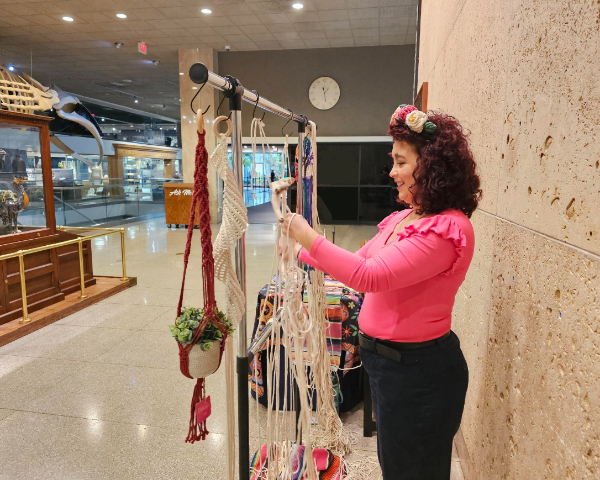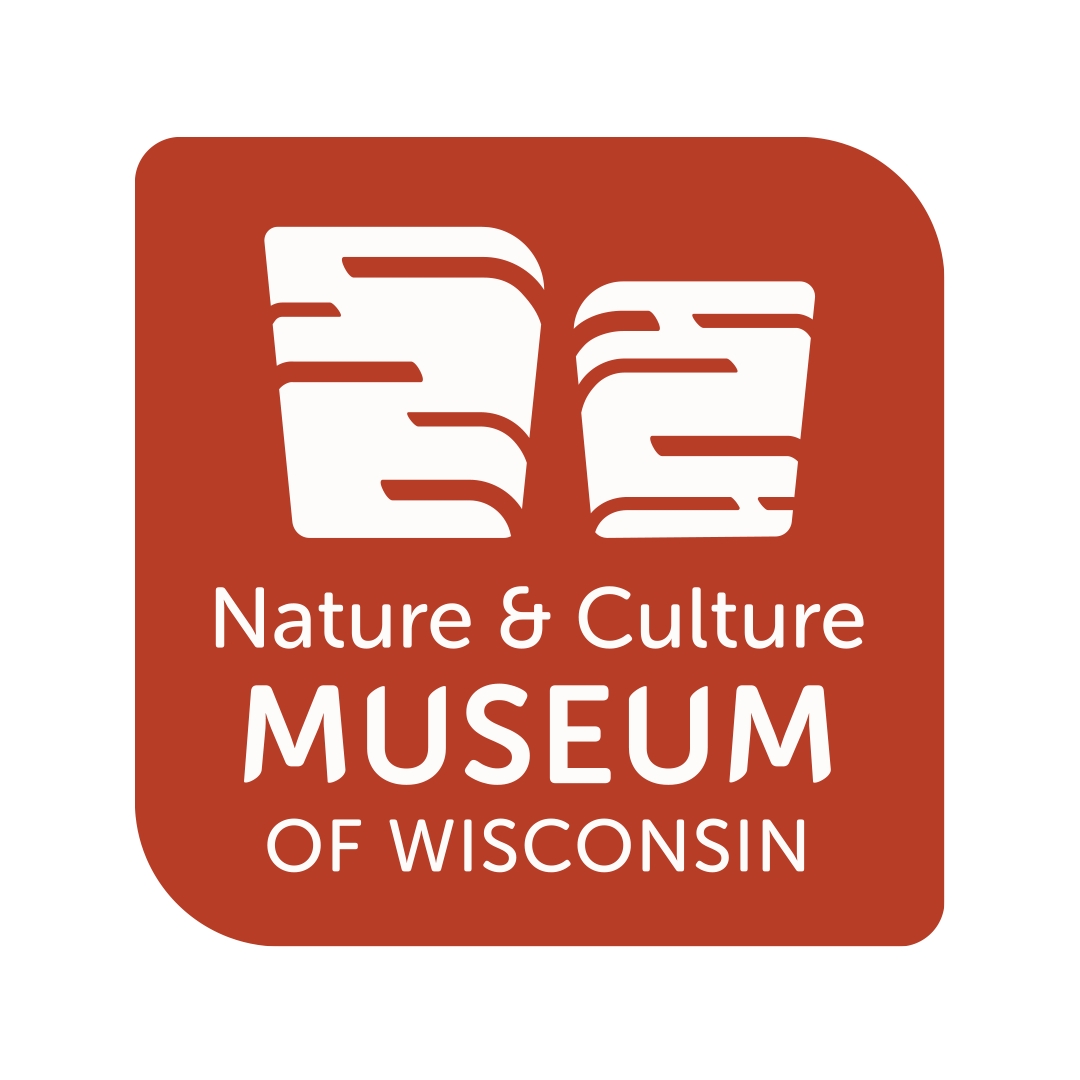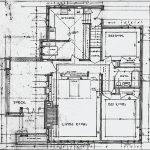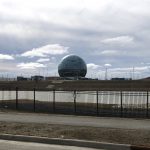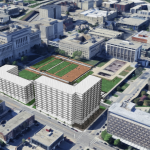Milwaukee Public Museum Curator Awarded $4.3 Million Grant
Funds will support MPM’s involvement in a national effort to digitize entomology specimens, helping to predict dispersion of parasites over time and spvdsdfds
MILWAUKEE – Dr. Jennifer Zaspel, Milwaukee Public Museum (MPM) Research Curator and Head of Zoology Collections, has been awarded a $4.3 million grant from the National Science Foundation (NSF). Granted funds will support a coordinated national effort to digitize more than 1.3 million arthropod specimens, including parasites like fleas, ticks and mosquitos, to develop a nationwide database of historical records.
This database, to be known as the Terrestrial Parasite Tracker, will allow scientists to identify parasite-host patterns and make predictions about the future spread of pathogens, including those that cause Lyme disease, West Nile virus, malaria and other diseases. This knowledge may have impacts on topics including human health and safety, agriculture and wildlife conservation.
“Parasites may be small, but the influence they have is massive. The work this grant will support will have a tremendous impact on our daily lives,” said Dr. Zaspel. “It will allow scientists to paint a more complete picture of where potentially harmful parasite species have occurred and how their ranges have changed or expanded over time. Gaining an understanding of species’ past geographic distributions can help researchers predict where a species may move to in the future – allowing for better education and protection efforts.”
Digitization will include capturing and cataloguing images and the valuable host and environmental information preserved with each specimen. No longer will this valuable scientific information be stored away, out of sight and out of use – it will be accessible via a digital database.
“This grant puts the Milwaukee Public Museum back into the upper echelon of research institutions,” said Dr. Ellen Censky, President and CEO of the Milwaukee Public Museum. “Through this award, the National Science Foundation recognizes that MPM’s natural history collections provide critically important data lending context to the applied research underway today in universities and other research centers across the nation and the world.”
Led by Dr. Zaspel, the digitization effort will include twenty-six research institutions around the country, including the Milwaukee Public Museum, the California Academy of Sciences, the University of Wisconsin – Madison, the University of Wisconsin – Stevens Point, the Field Museum, and Purdue University, which will serve as the financial arbiter of funds, including $293,044 to support the effort at MPM. For additional information, visit parasitetracker.org.
About the Milwaukee Public Museum (mpm.edu)
The Milwaukee Public Museum is a natural and human history museum located in downtown Milwaukee, Wisconsin. The Museum was chartered in 1882 and opened to the public in 1884. MPM has three floors of exhibits that encompass life-size dioramas, walk-through villages, world cultures, dinosaurs, a rainforest, and a live butterfly garden as well as the Daniel M. Soref Dome Theater & Planetarium. The Museum houses more than 4 million objects and hosts some half a million visitors each year.
MPM is operated by Milwaukee Public Museum, Inc., a private, non-profit company, and its facilities and collections are held in trust and supported by Milwaukee County for the benefit of the public.
NOTE: This press release was submitted to Urban Milwaukee and was not written by an Urban Milwaukee writer. While it is believed to be reliable, Urban Milwaukee does not guarantee its accuracy or completeness.
Mentioned in This Press Release
Recent Press Releases by Milwaukee Public Museum
Milwaukee Public Museum Announces Current Building will be Open for all of 2026 Ahead of Move to New Museum
Nov 18th, 2025 by Milwaukee Public MuseumFinal year will feature “Greatest Hits” celebration of Museum’s iconic exhibits
Milwaukee Public Museum Reveals Future Museum Name and Logo
May 6th, 2025 by Milwaukee Public MuseumMuseum will be known as Nature & Culture Museum of Wisconsin when it opens in 2027

